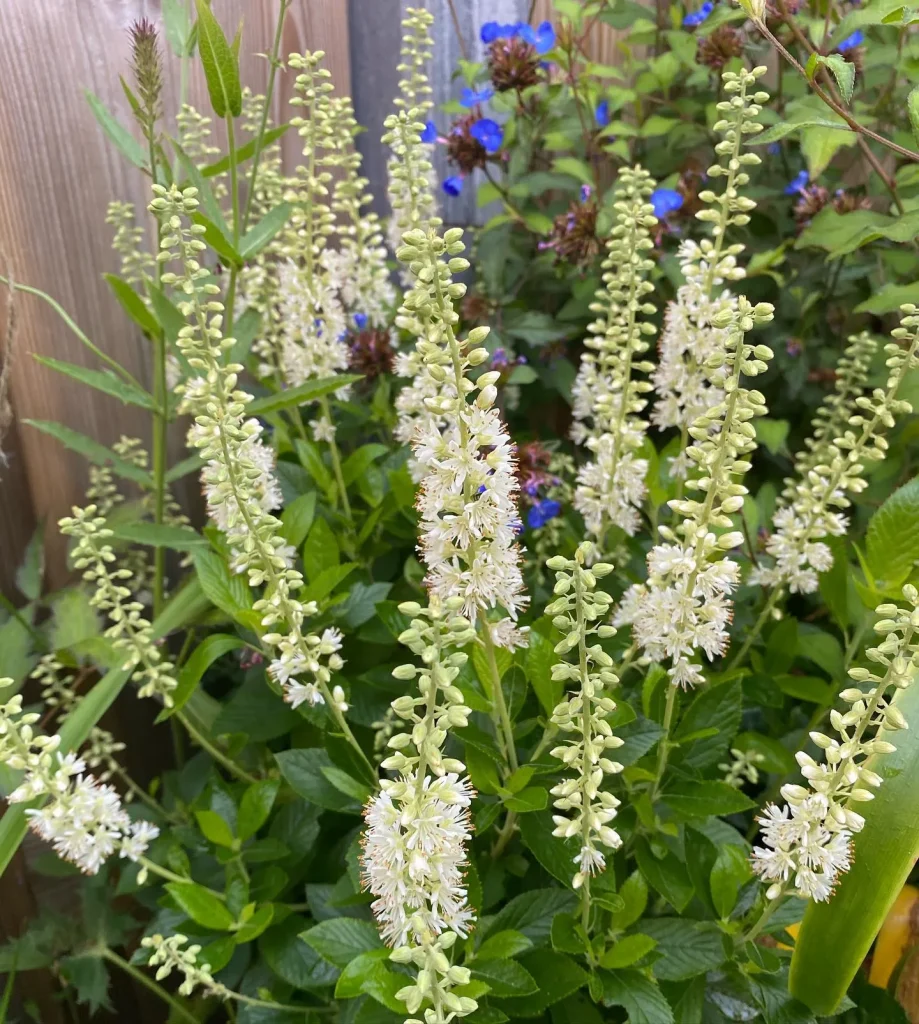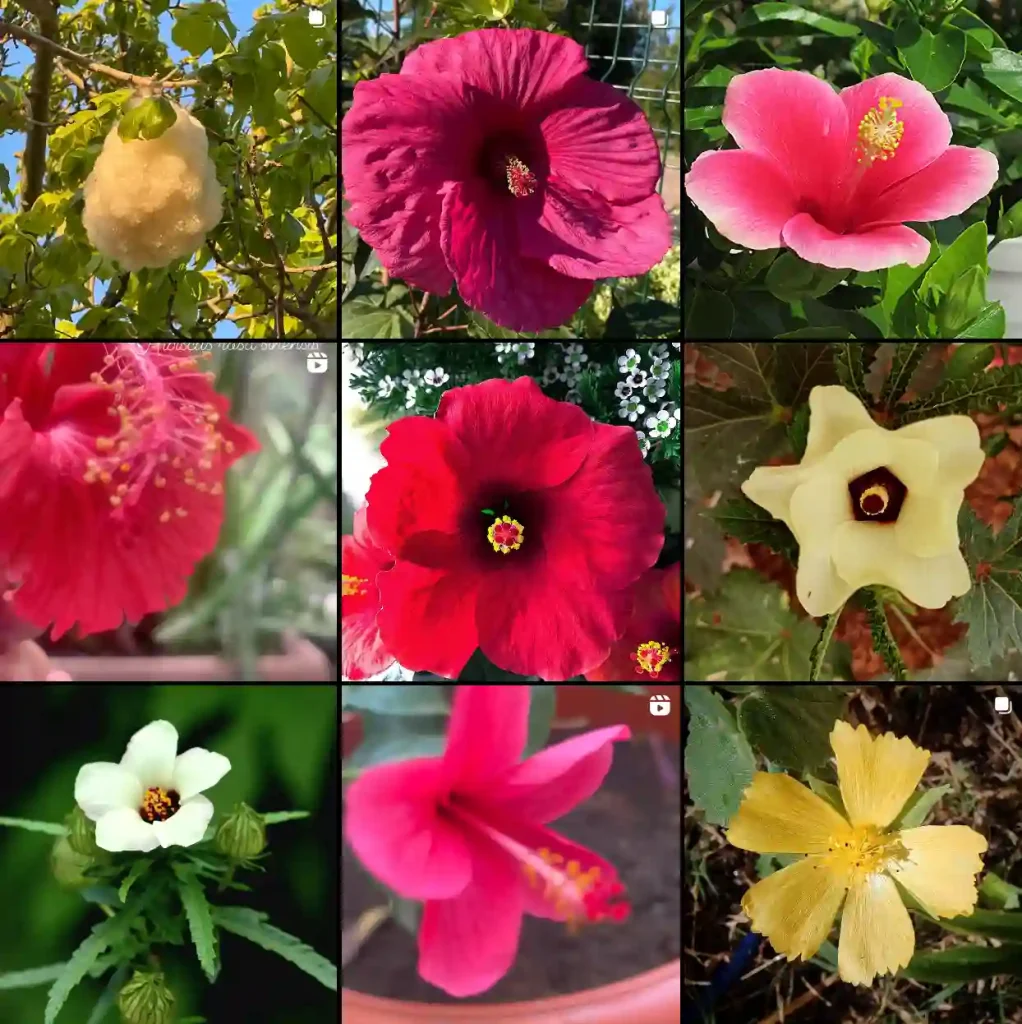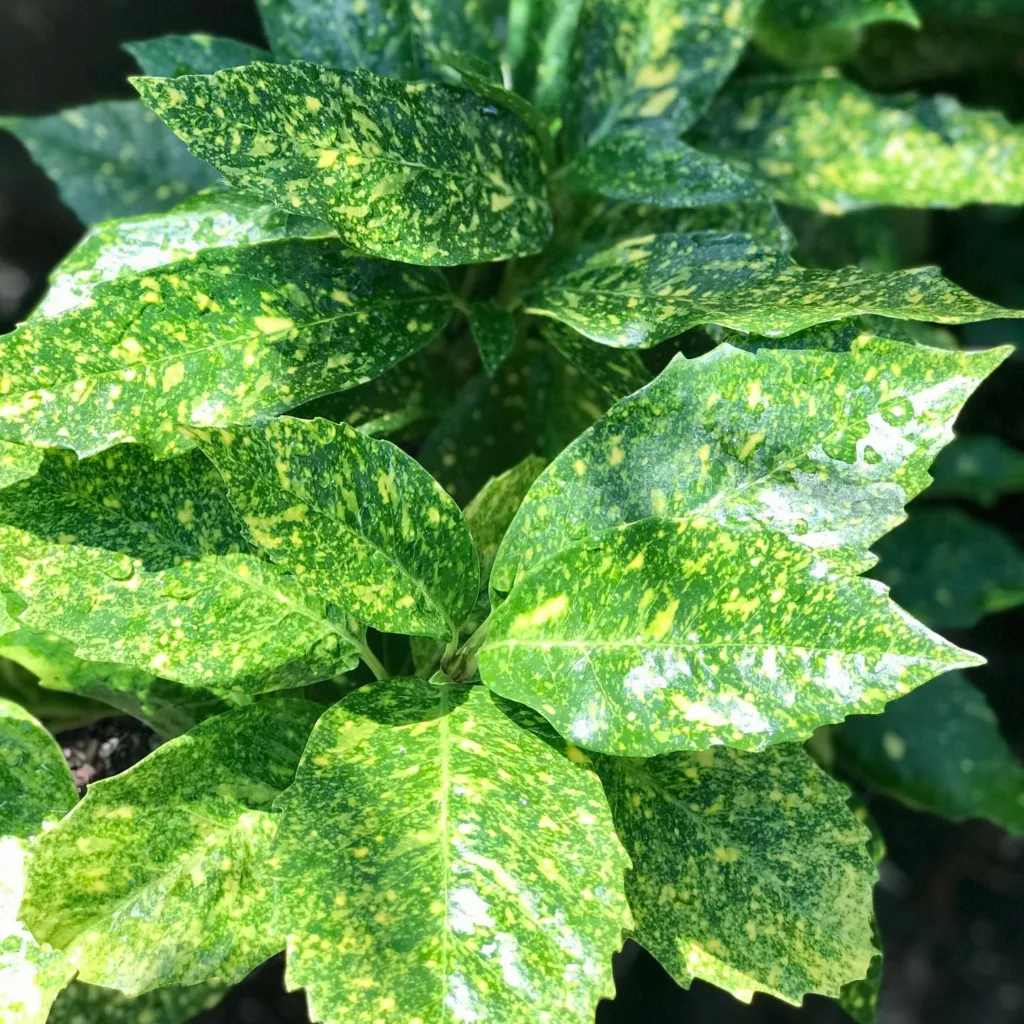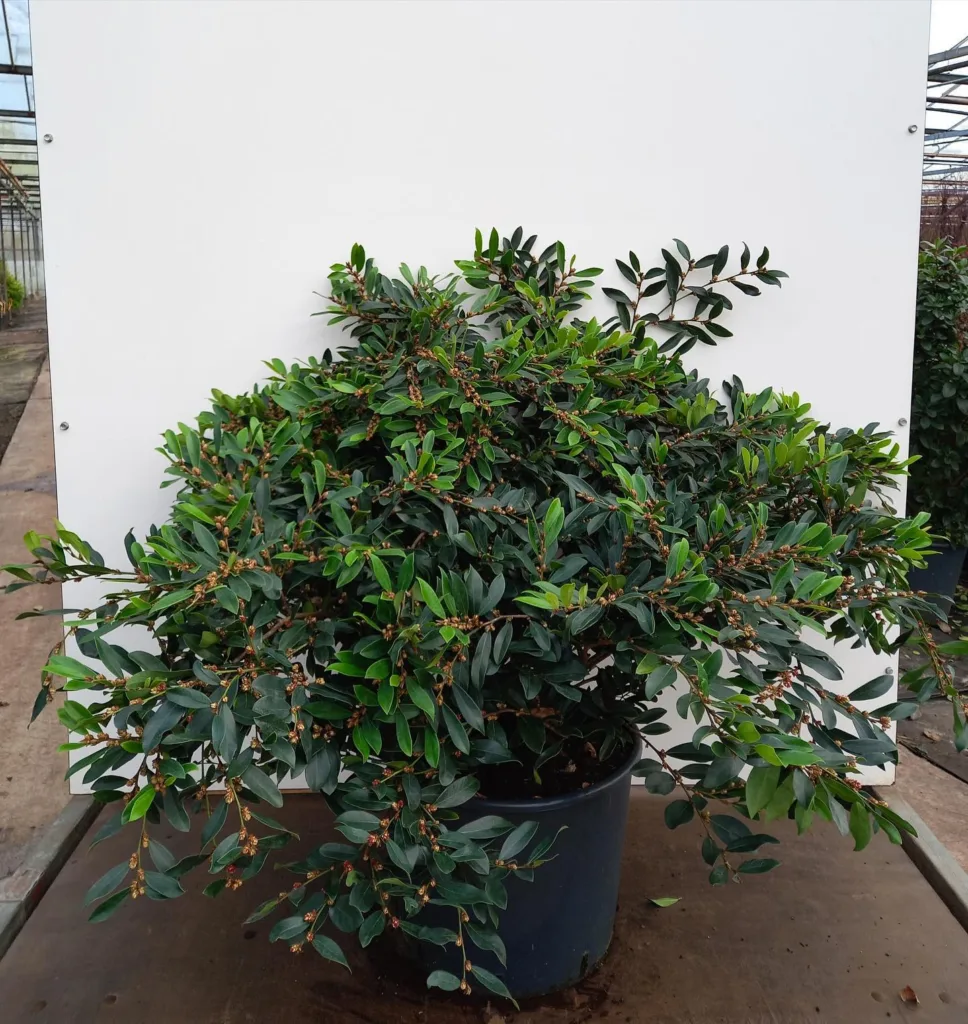
Frequently Asked Questions About Buffalo Grass
Buffalo Grass has become a popular choice for lawns and landscapes due to its unique attributes and low maintenance needs. As someone who’s explored various types of grass, I’ve found Buffalo Grass to be quite interesting. Here’s a comprehensive guide to answer some of the most common questions about Buffalo Grass.
What is Buffalo Grass?
Buffalo Grass (Bouteloua Dactyloides belong to the Poaceae family) is a warm-season grass native to the North American prairies. It’s known for its drought tolerance, low maintenance, and ability to thrive in various soil types. Its natural habitat in the plains of the United States makes it well-suited for areas with high temperatures and limited rainfall.
Plant Family: 822 Genera in Poaceae
What Does Buffalo Grass Look Like?
Buffalo Grass has a distinctive appearance. It grows in a low, spreading form with a height of 4 to 6 inches. Its blades are narrow, and it has a fine texture. In the summer, it sports a light green color, which turns a golden brown in the winter. The grass forms a dense turf that is soft to the touch.
How to Plant Buffalo Grass?
Planting Buffalo Grass involves a few straightforward steps. Here’s a simple guide:
- Prepare the Soil: Ensure the soil is well-drained and loose. Buffalo Grass prefers slightly alkaline soil but can tolerate a range of pH levels.
- Sow the Seeds: Spread the seeds evenly over the soil. You can use a broadcast spreader for even distribution.
- Water Lightly: Water the area lightly to help the seeds germinate. Keep the soil moist but not soggy.
- Mow Regularly: Once the grass reaches about 6 inches in height, mow it down to encourage dense growth.
Why is Buffalo Grass Seed So Expensive?
Buffalo Grass seed tends to be more expensive compared to other grass types due to its specific growing conditions and the length of time required for it to establish. Its seeds are also less common, contributing to their higher cost. Additionally, the seed’s ability to thrive in harsh conditions and its low maintenance requirements can justify the investment.
When to Plant Buffalo Grass?
The best time to plant Buffalo Grass is in late spring or early summer when the soil temperature is consistently above 60°F (15°C). This ensures optimal germination and establishment. Planting in the fall is less ideal as the grass requires warm temperatures to grow effectively.
Where to Buy Buffalo Grass Seed?
Buffalo Grass seed can be purchased from various sources including local garden centers, specialized seed companies, and online retailers. It’s essential to choose a reputable seller to ensure you’re getting high-quality seed.
How to Get Rid of Buffalo Grass?
Getting rid of Buffalo Grass can be challenging because of its hardy nature. The most effective methods include:
- Herbicides: Use a non-selective herbicide to kill the grass, but be cautious as it may affect other plants.
- Manual Removal: Digging up the grass and roots manually is labor-intensive but effective.
- Smothering: Cover the area with tarps or black plastic to block sunlight and kill the grass over time.
Is Buffalo Grass Invasive?
Buffalo Grass is not typically considered invasive. It grows slowly and does not spread aggressively, making it a good choice for controlled landscapes. However, it can become a problem if not managed properly, particularly in areas where it can outcompete other grass types.
Does Buffalo Grass Grow in Shade?
Buffalo Grass prefers full sun and does not grow well in shaded areas. It requires at least 6 to 8 hours of direct sunlight daily to thrive. In shady spots, consider using shade-tolerant grass varieties instead.
Can Horses Eat Buffalo Grass?
Yes, horses can eat Buffalo Grass. It is non-toxic and provides a nutritious option for grazing. Its high drought tolerance also means it remains available as forage even in less favorable conditions.
Buffalo Grass vs Bermuda
Buffalo Grass and Bermuda Grass are both warm-season grasses but differ in several ways. Bermuda Grass is more aggressive and thrives in warmer climates, while Buffalo Grass is more drought-tolerant and requires less mowing. Buffalo Grass has a finer texture, while Bermuda Grass is denser.
Buffalo Grass vs St. Augustine
St. Augustine Grass is known for its lush, dense growth and shade tolerance, whereas Buffalo Grass thrives in full sun and is more drought-resistant. St. Augustine requires more water and maintenance compared to the low-water, low-maintenance Buffalo Grass.
Buffalo Grass vs Fescue
Fescue Grass is a cool-season grass that remains green year-round in temperate climates, whereas Buffalo Grass is a warm-season grass that goes dormant in cooler weather. Buffalo Grass is better suited for arid conditions, while Fescue requires more water and cooler temperatures.
Buffalo Grass vs Kentucky Bluegrass
Kentucky Bluegrass is a cool-season grass that thrives in cooler climates and requires more water. Buffalo Grass, on the other hand, is ideal for hot, dry areas and requires less maintenance. Kentucky Bluegrass has a lush, green appearance, whereas Buffalo Grass has a more subdued, golden-brown look in winter.
Buffalo Grass vs Zoysia
Zoysia Grass is a warm-season grass known for its dense, carpet-like growth. It is more shade-tolerant than Buffalo Grass and requires more water. Buffalo Grass, however, is more drought-tolerant and requires less frequent mowing.
Buffalo Grass vs Blue Grama
Blue Grama Grass is similar to Buffalo Grass in its drought tolerance and low maintenance needs but has a different appearance. Blue Grama is shorter and has distinctive seed heads that look like eyelashes. Buffalo Grass is more suited for low-maintenance lawns, while Blue Grama is often used in prairie-style landscapes.
Buffalo Grass vs Bluegrass
Bluegrass is a cool-season grass that remains green in cooler temperatures and requires more water. Buffalo Grass is a warm-season grass that goes dormant in the winter but thrives in hot, dry conditions. Bluegrass has a lush appearance and is more suitable for temperate regions, while Buffalo Grass is better for arid climates.
Buffalo Grass vs Crabgrass
Crabgrass is a common weed that invades lawns and gardens, while Buffalo Grass is a desirable turfgrass. Crabgrass thrives in poor soil conditions and full sun, often spreading aggressively. Buffalo Grass is a controlled, low-maintenance alternative that does not exhibit the invasive tendencies of Crabgrass.
Buffalo Grass vs Kikuyu
Kikuyu Grass is a vigorous, aggressive warm-season grass that spreads rapidly and can become invasive. Buffalo Grass, in contrast, grows more slowly and requires less maintenance. Kikuyu Grass is more suitable for tropical regions, while Buffalo Grass is ideal for arid areas with less water.
Buffalo Grass vs Couch
Couch Grass, also known as Bermuda Grass in some regions, is known for its rapid growth and aggressive spreading. Buffalo Grass is less aggressive and slower-growing. Couch Grass requires more frequent mowing and water compared to the low-maintenance Buffalo Grass.
In summary, Buffalo Grass stands out for its drought tolerance, low maintenance, and suitability for various soil types. Understanding its characteristics and how it compares to other grass types can help you make an informed decision about whether it’s the right choice for your lawn or landscape.
If i die, water my plants!



